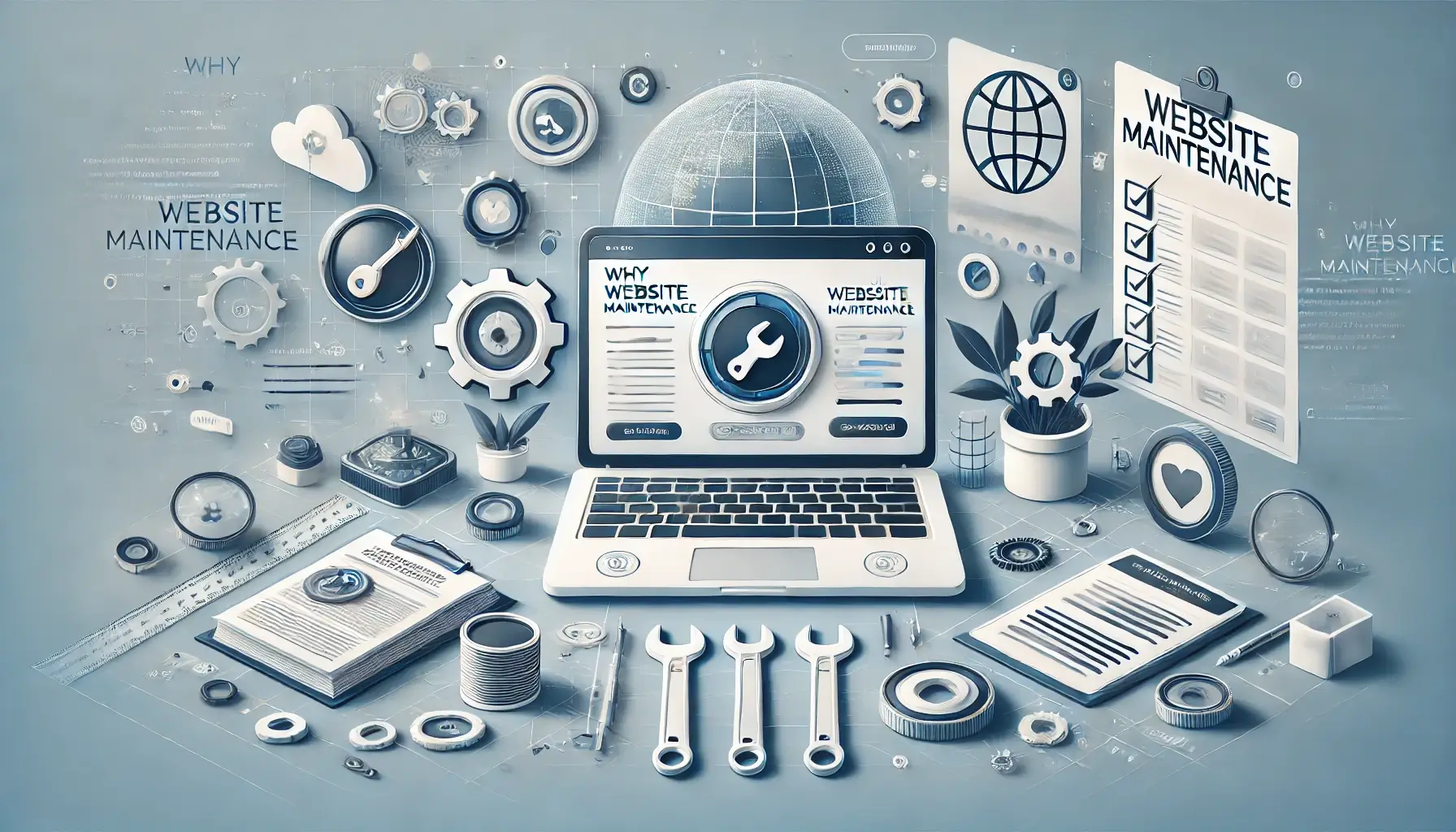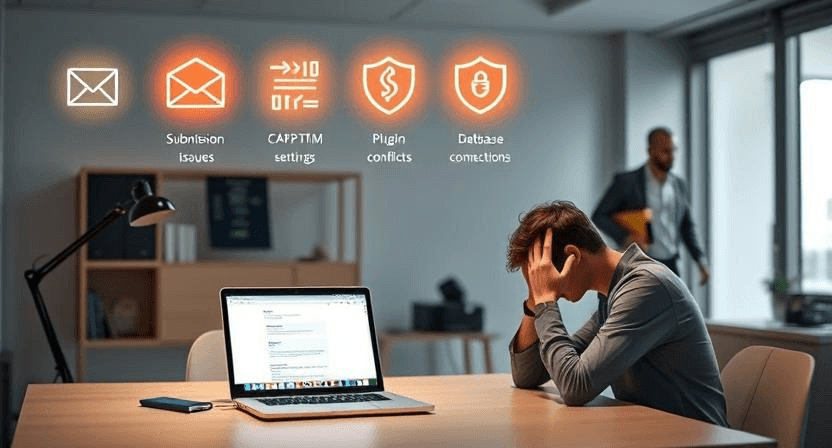Why Website Maintenance Should Be a Regular Task

Website maintenance is often overlooked but is vital for ensuring your website remains secure, functional, and user-friendly. Regular upkeep prevents technical issues, enhances performance, and maintains your professional image. This article highlights the importance of website maintenance and provides actionable tips to help you stay ahead.
Why Website Maintenance is Important
Without regular maintenance, websites can become vulnerable to security breaches, slow performance, and outdated features. Here are some key reasons why maintenance is essential:
- Security: Outdated plugins or themes are common entry points for hackers. Regular updates close these vulnerabilities, reducing the risk of malware attacks. Frequent updates also patch known issues in the software, providing an additional layer of protection against cyber threats. By maintaining your website, you safeguard sensitive user data and ensure a secure browsing experience.
- Performance: A well-maintained website ensures fast load times, a critical factor for user experience and SEO. Slow websites frustrate users, leading to higher bounce rates and reduced engagement. Regular performance checks help identify bottlenecks, optimize server configurations, and improve responsiveness, ensuring a smooth experience for visitors.
- Professionalism: Broken links, outdated content, or errors can harm your credibility. A professional website reflects positively on your brand and instills trust in your audience. Regular updates to content and design ensure your site remains relevant and visually appealing, leaving a lasting impression on visitors.
- Compliance: Keeping your site updated ensures compliance with the latest web standards and regulations. Non-compliance can result in penalties or legal consequences, especially for businesses handling user data. Staying up-to-date with industry standards helps maintain your website's reputation and protects you from potential liabilities.
Steps for Effective Website Maintenance
To keep your website in top shape, follow these essential maintenance steps:
1. Regularly Update Plugins and Themes
Ensure all plugins and themes are updated to their latest versions. Outdated software can create security vulnerabilities, leaving your website exposed to attacks. Set a schedule to check for updates weekly or enable automatic updates if supported. Test updates in a staging environment before applying them to your live site to prevent compatibility issues. Learn more in our guide on The Importance of Regularly Updating Website Plugins and Themes.
2. Backup Your Website
Regular backups protect your data from unexpected issues such as server crashes, hacking, or accidental deletions. Schedule automated backups daily or weekly, depending on your site's activity. Store backups securely in multiple locations, such as cloud storage and external drives. Periodically test your backups to ensure they can be restored without errors. Read our detailed guide on How to Backup and Restore Your Website for step-by-step instructions.
3. Test for Broken Links
Broken links frustrate users and hurt SEO by signaling poor site quality to search engines. Use tools like Google Search Console or dedicated link-checking software to identify broken links. Once detected, replace or remove them promptly. Update internal links to reflect any recent structural changes to your website. For more tips, check out How to Identify and Fix Broken Internal Links on Your Website.
4. Optimize Speed and Performance
Compress images, leverage caching, and minimize code to ensure fast load times. Regularly audit your website to identify elements slowing it down, such as unoptimized media or excessive scripts. Use Content Delivery Networks (CDNs) to distribute content more efficiently across the globe. Monitor performance metrics like load time, time to first byte (TTFB), and server response time to identify areas for improvement. Speed optimization enhances both user experience and search rankings.
5. Regular Security Checks
Scan your site for malware and vulnerabilities using tools like Sucuri or Wordfence. Review access logs to detect suspicious activity and ensure all user accounts have strong passwords. Install an SSL certificate to encrypt data transmission and protect user information. Implement two-factor authentication (2FA) for an added layer of security. Security checks help protect your website and maintain user trust.
Conclusion
Regular website maintenance is not just about fixing issues but preventing them. A well-maintained site enhances user experience, boosts SEO, and protects your online presence. Make maintenance a priority, or seek professional help from services like WebCareSG to ensure your website stays in top shape. Contact us today for expert assistance!
Related WebCare Solutions
How to Fix Slow Website Performance: A Comprehensive Guide
Struggling with a slow website in Singapore? Learn how to enhance performance and user experience tailored to the local market.
5 Signs You Need Professional Help to Fix Your Website
Recognize when DIY website fixes aren't enough. Learn 5 critical signs that indicate it's time to call professional website maintenance experts.
Why is My Contact Form Not Working? Troubleshooting Guide
Discover common reasons why your website contact form might not be working and learn how to troubleshoot email settings, plugin configurations, and server issues.
Ready to get started?
Focus on your business while we fix your website. Contact WebCareSG today for fast, reliable solutions!
Whatsapp us on


